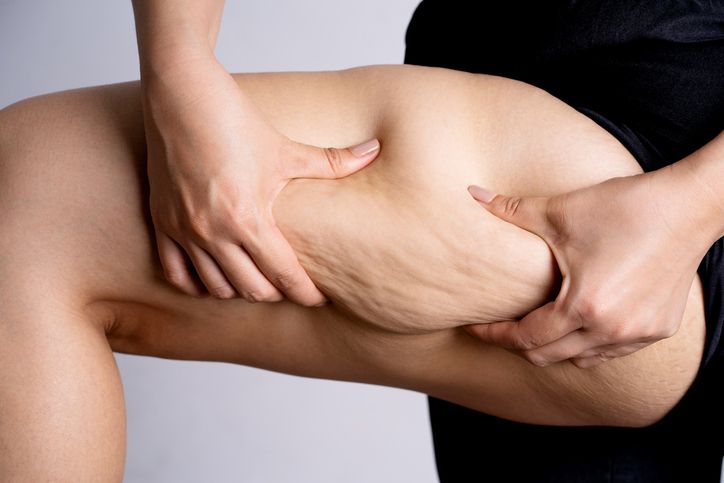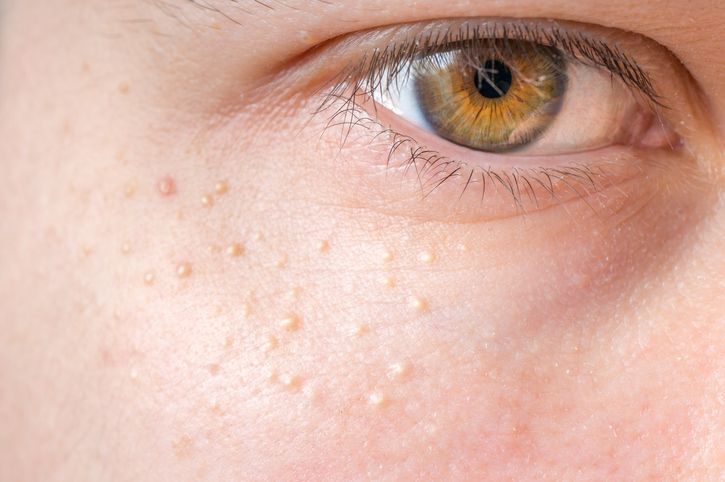- Home
- Trend
- Weight Loss Strategies
- Acne Tips
- Hair Health Information
- Blemish Removal Tips
- Acne Scar Removal Tips
- Muscle Building Techniques
- Intimate Care Tips
- Postpartum Intimate Care
- Eye Bags Wiki
- Tips for Face Slimming
- Secret of Permanent Hair Removal
- Breast Enlargement Tips
- Cure to Snoring
- Marionette Lines
- Skin-Tightening Secrets

免費體驗
S6 Body Sculpting Treatment
1 Minute Self-Registration
Date should not be before minimal date
Are you struggling to lose thigh fat despite your best efforts? You're not alone. Many people find it challenging to target specific areas of their body for fat loss, especially the thighs. However, with the right combination of diet, exercise, and lifestyle habits, you can achieve your goal of leaner, toned legs. Today we will talk about the concept behind it, alongside 20 strategies to help you out.
1
Know Your Body Fat and Thigh Fat Before You Wants to Lose Fat

2
20 Strategies to Lose Weight & Thigh Fat of Yours

1. Establishing a Calorie Deficit
2. Engaging in Aerobic Exercise
3. Incorporating Strength Training
4. Following a Balanced Diet
5. Monitor Caloric Intake & Stay Hydrated
6. Seek Professional Assistance
7. Increase NEAT (Non-Exercise Activity Thermogenesis)
8. Interval Training
9. Targeted Exercises
10. Flexibility Training
11. Intermittent Fasting
12 .Circuit Training
13. Incorporate More Fibre
14. Reduce Sodium Intake
15. Mind-Body Practices
16. Green Tea
17. Increase Protein Intake
18. Portion Control
19. Liposuction
20. Accountability Partner
- Keep Fit Guide: 6 Best Weight Loss Exercise Choices + 7 Key Dietary Principles
- Is Your DNA Holding You Back from Weight Loss? Discover How Genetics Play a Crucial Role in Body Fat and Metabolism
- 5 Health Benefits of Okra for Weight Loss + Key Precautions — It’s Not for Everyone!
- Can You Embrace a Nutritious Lifestyle with Meal Replacement Bars?
3
Conclusion


免費體驗
S6 Body Sculpting Treatment
1 Minute Self-Registration
Date should not be before minimal date
FAQ

1. How does maintaining proper body functioning contribute to weight loss?
Proper body functioning is crucial for efficient metabolism, which includes processes like the breakdown and utilisation of fats for energy. When our body operates optimally, metabolic functions support weight loss endeavours by effectively utilising stored fat reserves. For instance, a well-functioning metabolism ensures that calories from food are efficiently converted into energy rather than stored as fat deposits. Moreover, optimal bodily functions contribute to hormonal balance, which regulates appetite, satiety, and fat metabolism.
2. Can having lean legs help in reducing overall body fat?
Having lean legs often signifies a lower percentage of body fat and an increased proportion of muscle mass in the lower body. Strong leg muscles not only contribute to a toned and sculpted appearance but also play a significant role in overall calorie expenditure. Muscles, including those in the legs, require energy even at rest, leading to an increase in basal metabolic rate. Therefore, individuals with lean legs are likely to burn more calories throughout the day, aiding in the reduction of body fat not only in the legs but also in other areas of the body.
3. How can thigh muscles impact weight loss goals?
Thigh muscles are among the largest muscle groups in the body and play a crucial role in burning calories and supporting weight loss efforts. Strengthening thigh muscles through targeted exercises, such as leg presses and lunges, not only helps to tone and sculpt the legs but also increases overall metabolic rate. This increase in metabolism facilitates fat loss by enhancing the body's ability to burn calories, even at rest.
4. Is it possible to lose thigh fat without losing lean body mass?
It is entirely possible to lose thigh fat without sacrificing lean body mass. Incorporating resistance training exercises that specifically target the thigh muscles, such as leg extensions and calf raises, can help promote fat loss while preserving lean muscle tissue. Resistance training not only stimulates muscle growth but also triggers metabolic adaptations that favour fat metabolism.
5. What are the health benefits of reducing body fat percentage aside from weight loss?
Reducing body fat percentage offers numerous health benefits beyond just weight loss. Lowering body fat levels can lead to improved cardiovascular health by reducing the risk of heart disease, stroke, and hypertension. Additionally, decreasing body fat can improve insulin sensitivity and blood sugar control, lowering the risk of developing type 2 diabetes.








